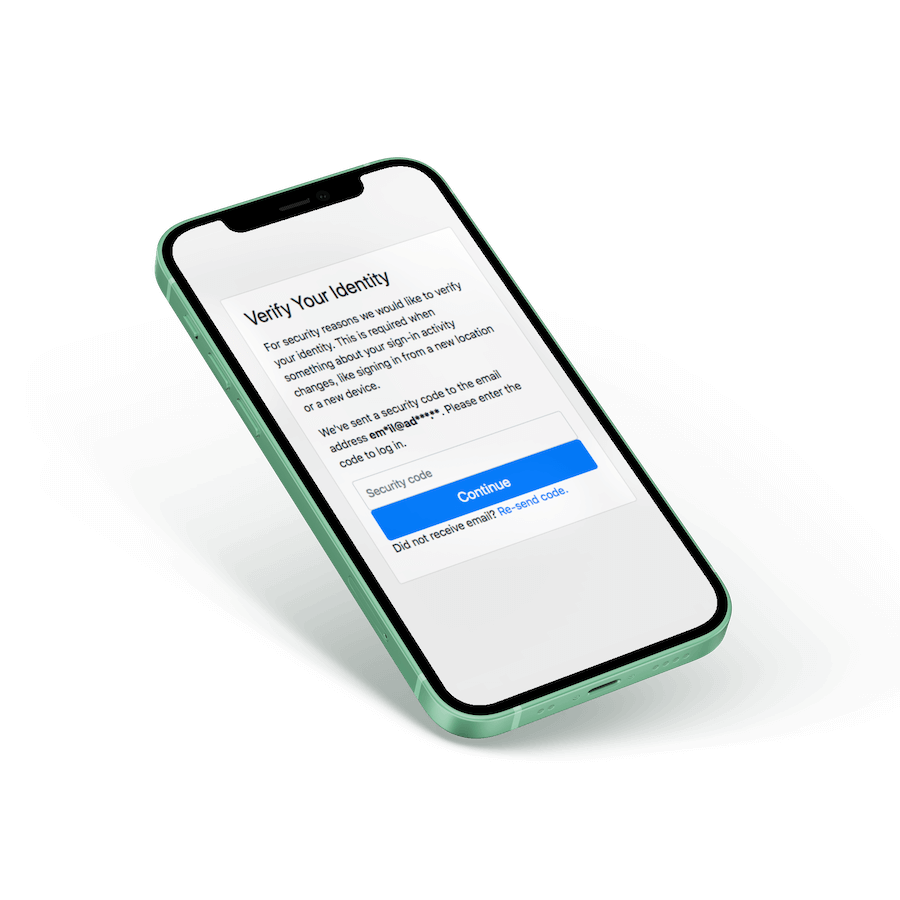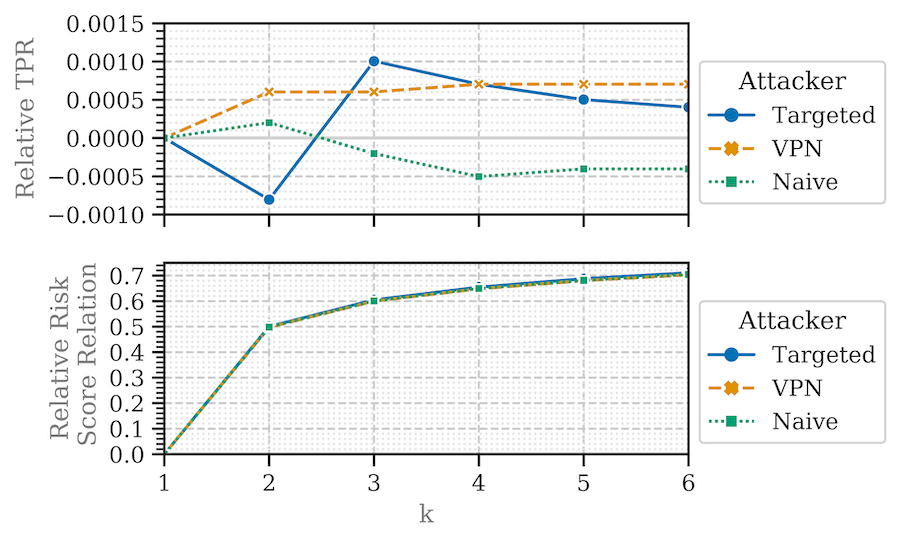Abstract
Risk-based authentication (RBA) extends authentication mechanisms to make them more robust against account takeover attacks, such as those using stolen passwords. RBA is recommended by NIST and NCSC to strengthen password-based authentication, and is already used by major online services. Also, users consider RBA to be more usable than Two-Factor Authentication and just as secure. However, users currently obtain RBA's high security and usability benefits at the cost of exposing potentially sensitive personal data (e.g., IP address or browser information). This conflicts with user privacy and requires to consider user rights regarding the processing of personal data.
We outline potential privacy challenges regarding different attacker models and propose improvements to balance privacy in RBA systems. To estimate the properties of the privacy-preserving RBA enhancements in practical environments, we evaluated a subset of them with long-term data from 780 users of a real-world online service. Our results show the potential to increase privacy in RBA solutions. However, it is limited to certain parameters that should guide RBA design to protect privacy. We outline research directions that need to be considered to achieve a widespread adoption of privacy preserving RBA with high user acceptance.


